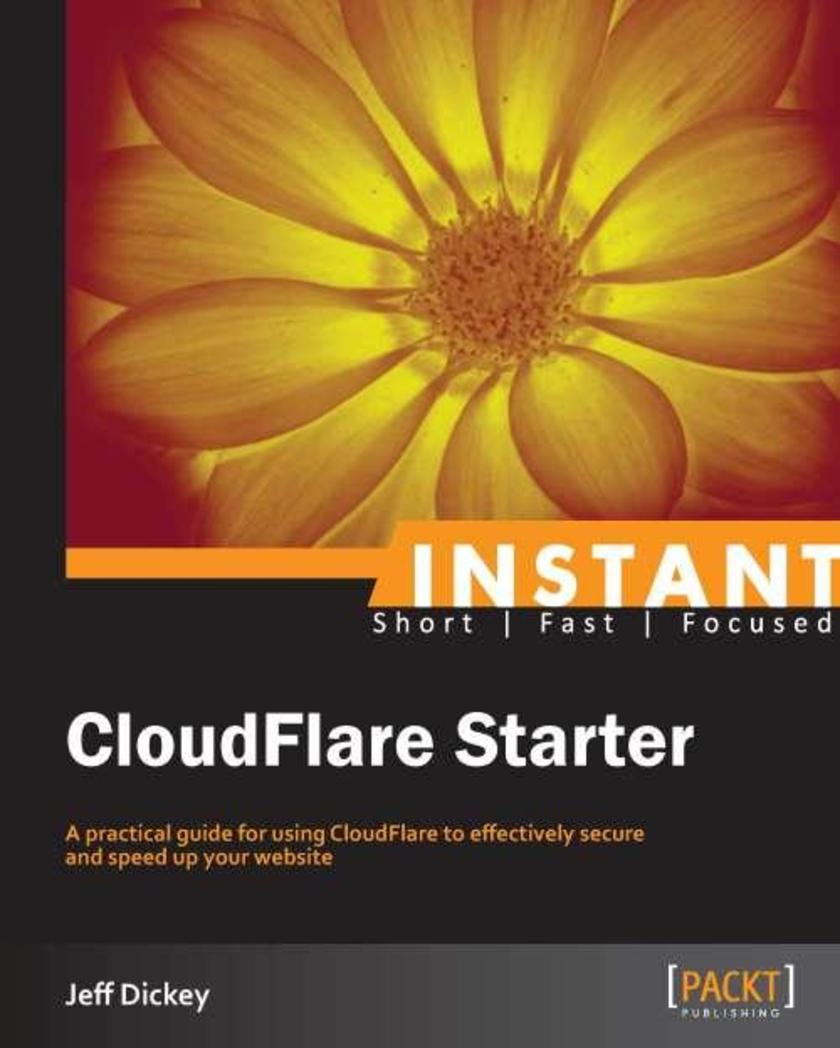
Instant CloudFlare Starter
¥45.77
Get to grips with a new technology, understand what it is and what it can do for you, and then get to work with the most important features and tasks. Written as a practical guide, CloudFlare Starter will show you all you need to know in order to effectively improve your online presence in a multitude of different ways. "Instant CloudFlare Starter" is a practical yet accessible guide for website owners looking to optimize their site for optimum security and maximum performance.
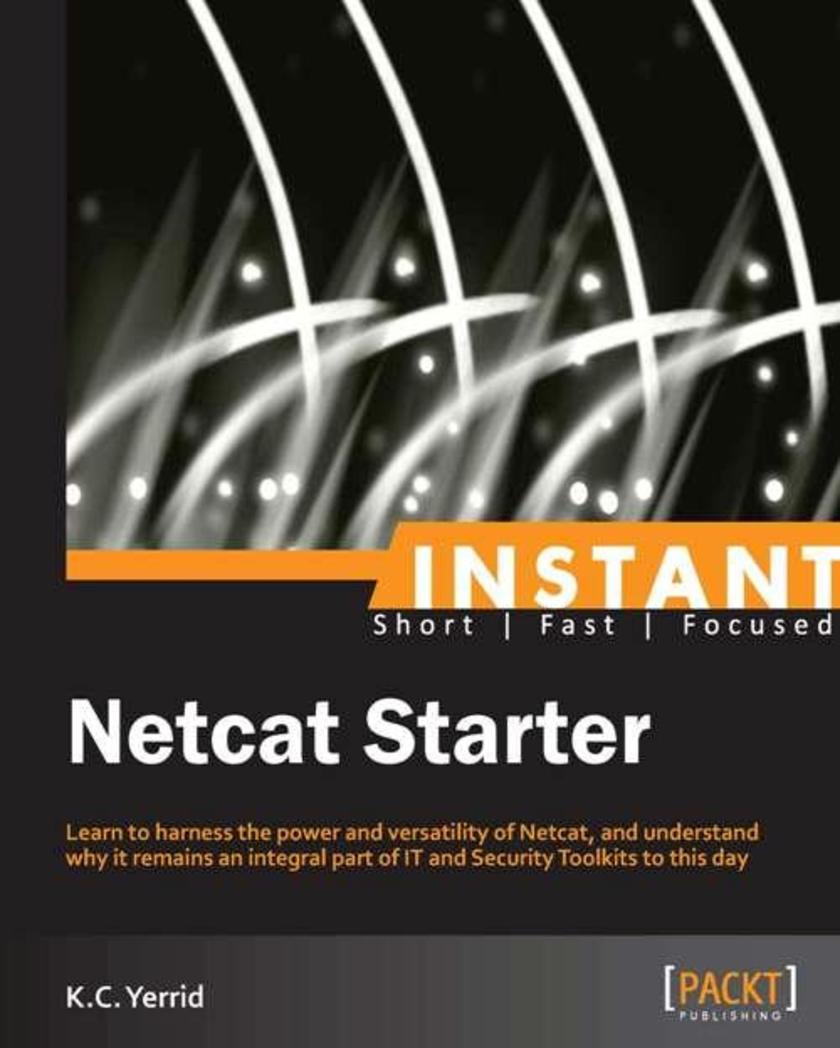
Instant Netcat Starter
¥45.77
Get to grips with a new technology, understand what it is and what it can do for you, and then get to work with the most important features and tasks. This book is for IT professionals who have no previous experience with Netcat but need to understand it quickly and easily.
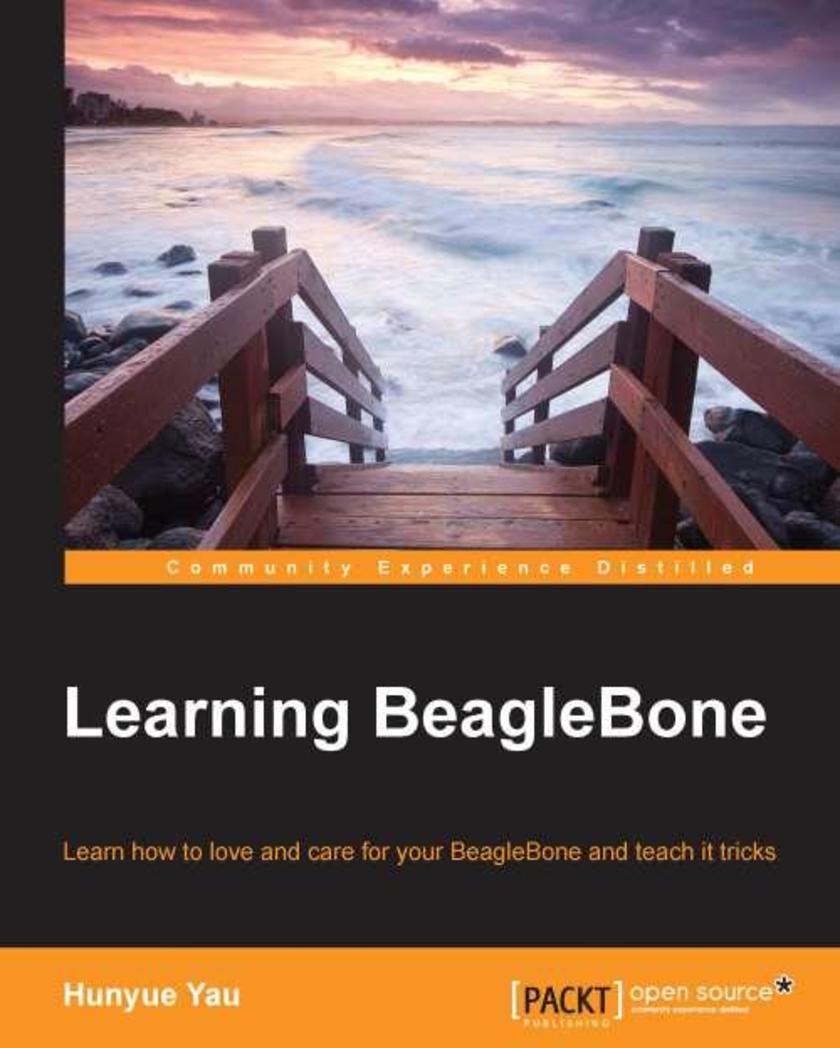
Learning BeagleBone
¥54.49
This book is for new BeagleBone owners who are looking to quickly get their microboard up and running. It would be helpful to have an understanding of embedded concepts or Linux but neither is essential.
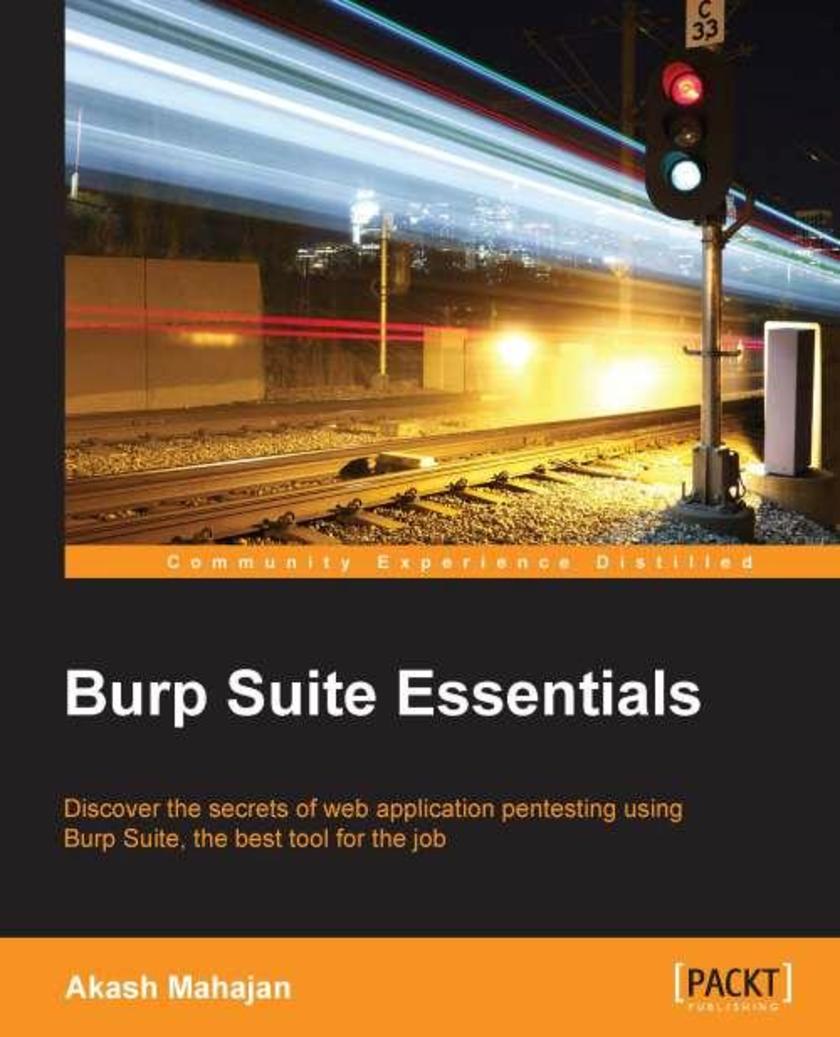
Burp Suite Essentials
¥54.49
If you are interested in learning how to test web applications and the web part of mobile applications using Burp, then this is the book for you. It is specifically designed to meet your needs if you have basic experience in using Burp and are now aiming to become a professional Burp user.
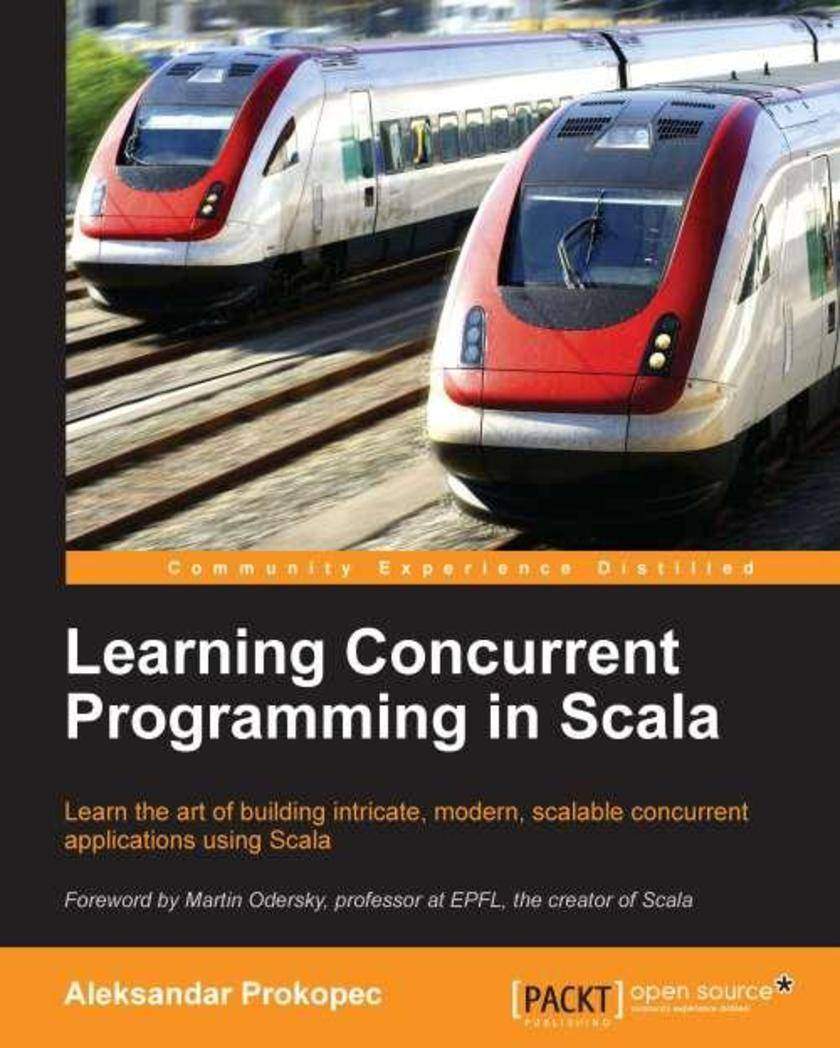
Learning Concurrent Programming in Scala
¥80.65
This book is a must-have tutorial for software developers aiming to write concurrent programs in Scala, or broaden their existing knowledge of concurrency. This book is intended for Scala programmers that have no prior knowledge about concurrent programming, as well as those seeking to broaden their existing knowledge about concurrency. Basic knowledge of the Scala programming language will be helpful. Readers with a solid knowledge in another programming language, such as Java, should find this book easily accessible.

Advanced UFT 12 for Test Engineers Cookbook
¥80.65
This advanced cookbook is designed for software testers and engineers with previous automation experience and teaches UFT (QTP) developers advanced programming approaches. Knowledge of software testing and basic coding (with VBScript in particular) and familiarity with programming concepts are prerequisites.
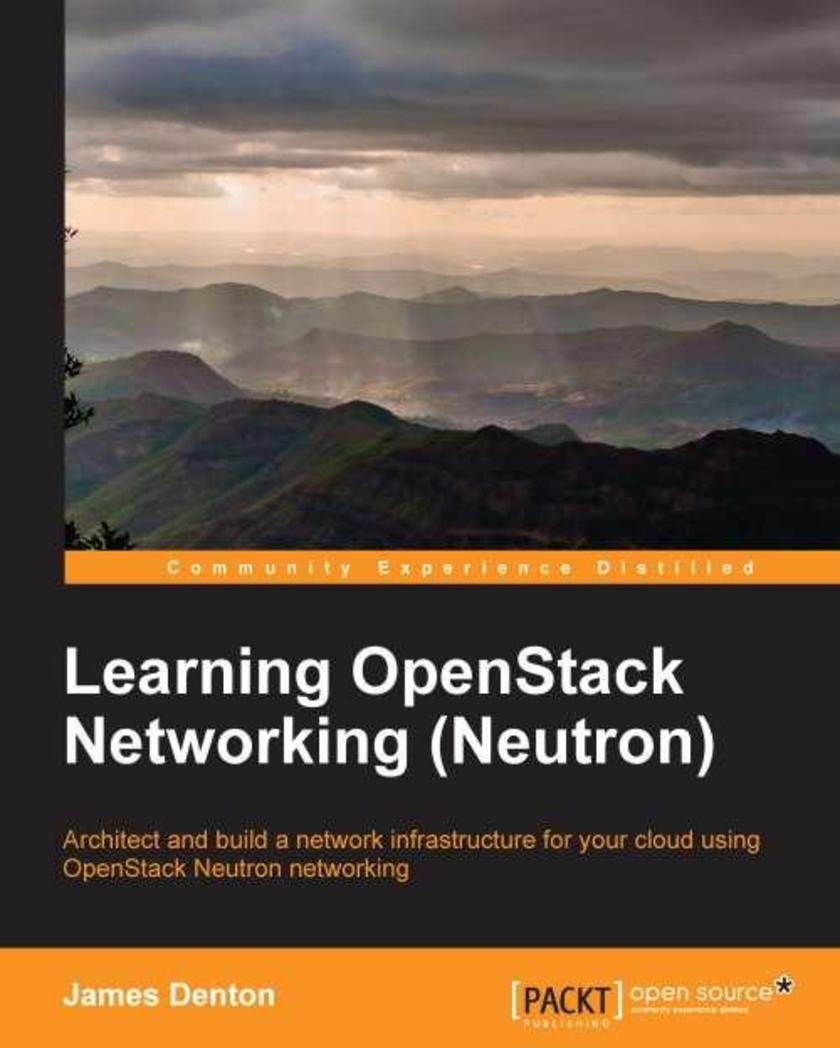
Learning OpenStack,Networking (Neutron)
¥80.65
If you are an OpenStack-based cloud operator with experience in OpenStack Compute and nova-network but are new to Neutron networking, then this book is for you. Some networking experience is recommended, and a physical network infrastructure is required to provide connectivity to instances and other network resources configured in the book.
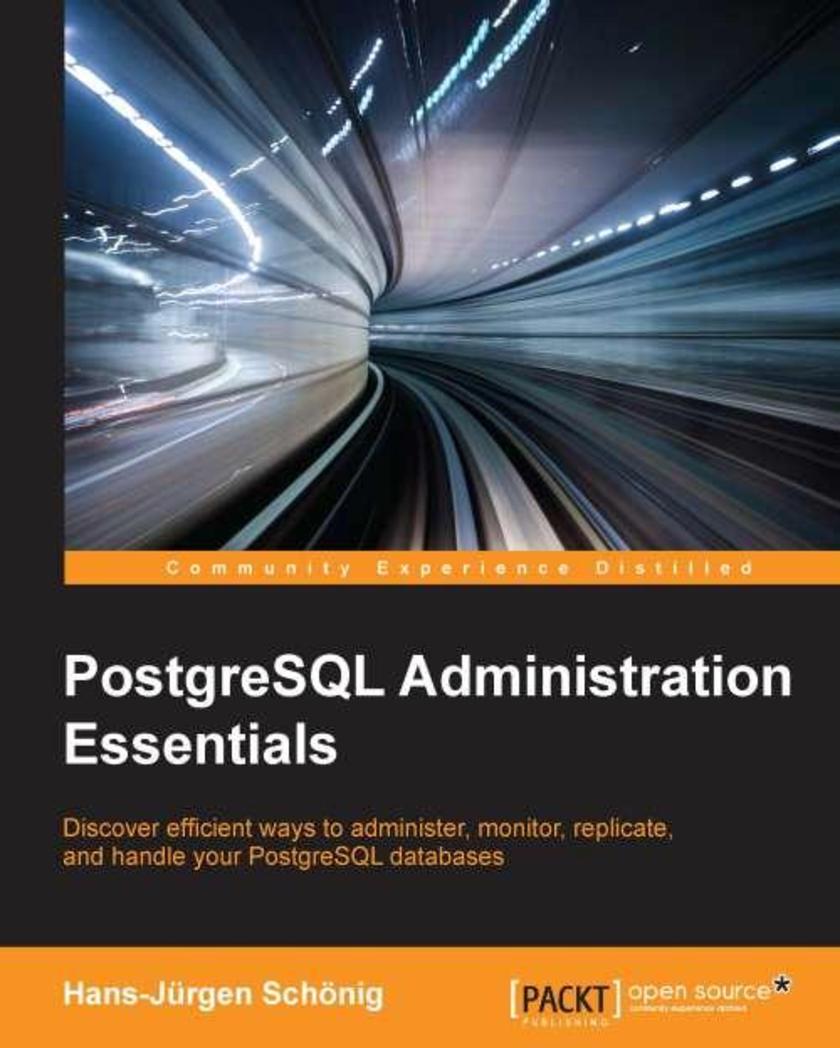
PostgreSQL Administration Essentials
¥50.13
If you are a database administrator who needs to get to grips with PostgreSQL quickly and efficiently, then this book is for you. This book will also be highly beneficial if you are a project leader or a developer who is interested in knowing more about database systems or bottleneck detection, as it will enable you to work more closely and cooperatively with your administrators.

Tizen Cookbook
¥80.65
If you want to enter the fascinating world of Tizen and learn how to develop engaging and successful applications then this book is for you. It'll benefit novices and experienced application developers alike.
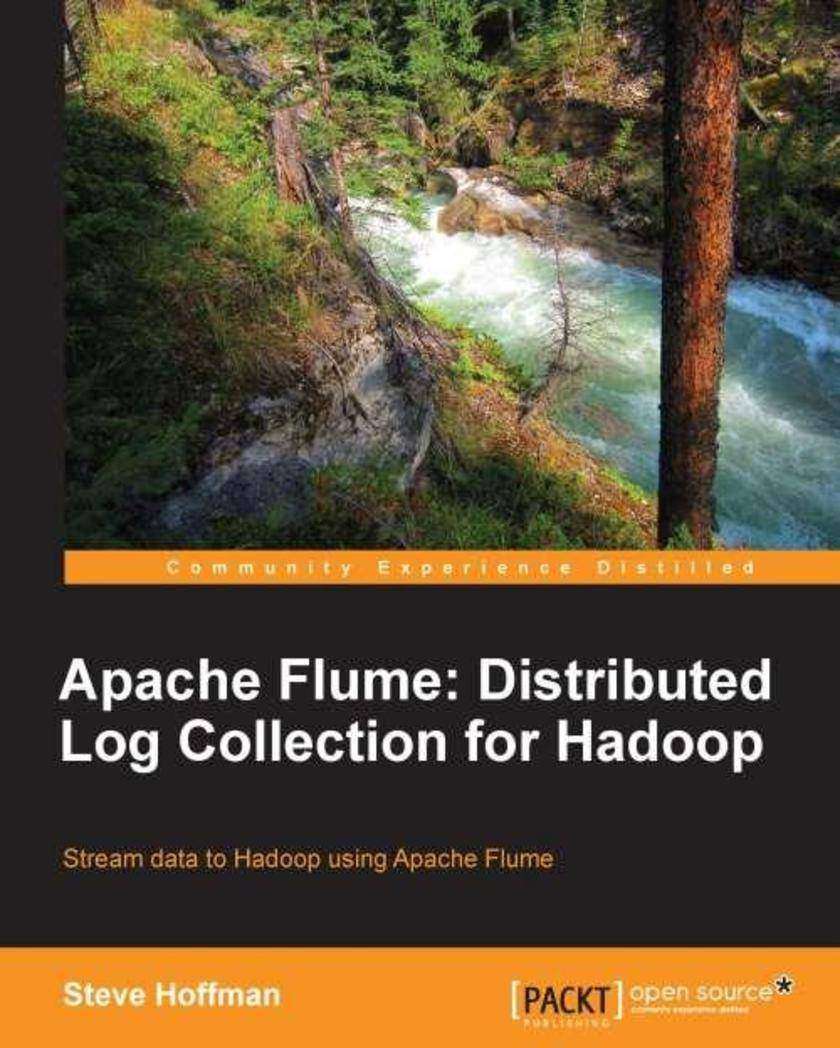
Apache Flume: Distributed Log Collection for Hadoop
¥66.48
A starter guide that covers Apache Flume in detail.Apache Flume: Distributed Log Collection for Hadoop is intended for people who are responsible for moving datasets into Hadoop in a timely and reliable manner like software engineers, database administrators, and data warehouse administrators
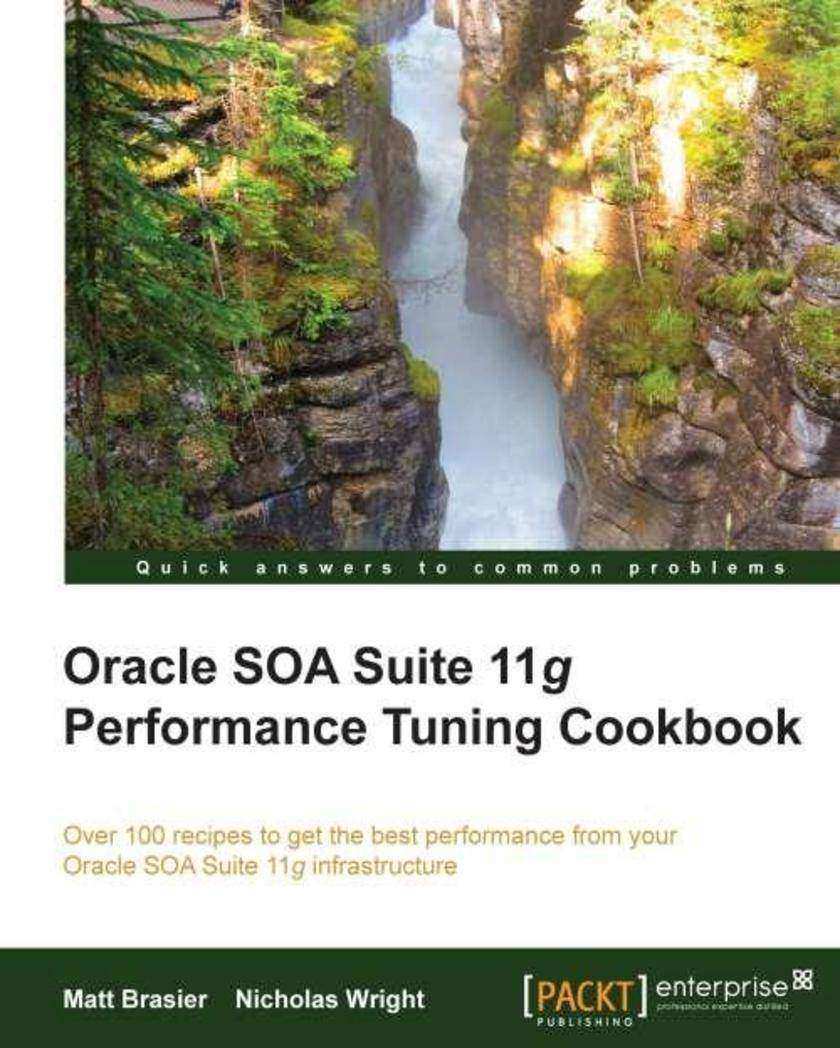
Oracle SOA Suite Performance Tuning Cookbook
¥99.18
This is a Cookbook with interesting, hands-on recipes, giving detailed de*ions and lots of practical walkthroughs for boosting the performance of your Oracle SOA Suite.This book is for Oracle SOA Suite 11g administrators, developers, and architects who want to understand how they can maximise the performance of their SOA Suite infrastructure. The recipes contain easy to follow step-by-step instructions and include many helpful and practical tips. It is suitable for anyone with basic operating system and application server administration experience.
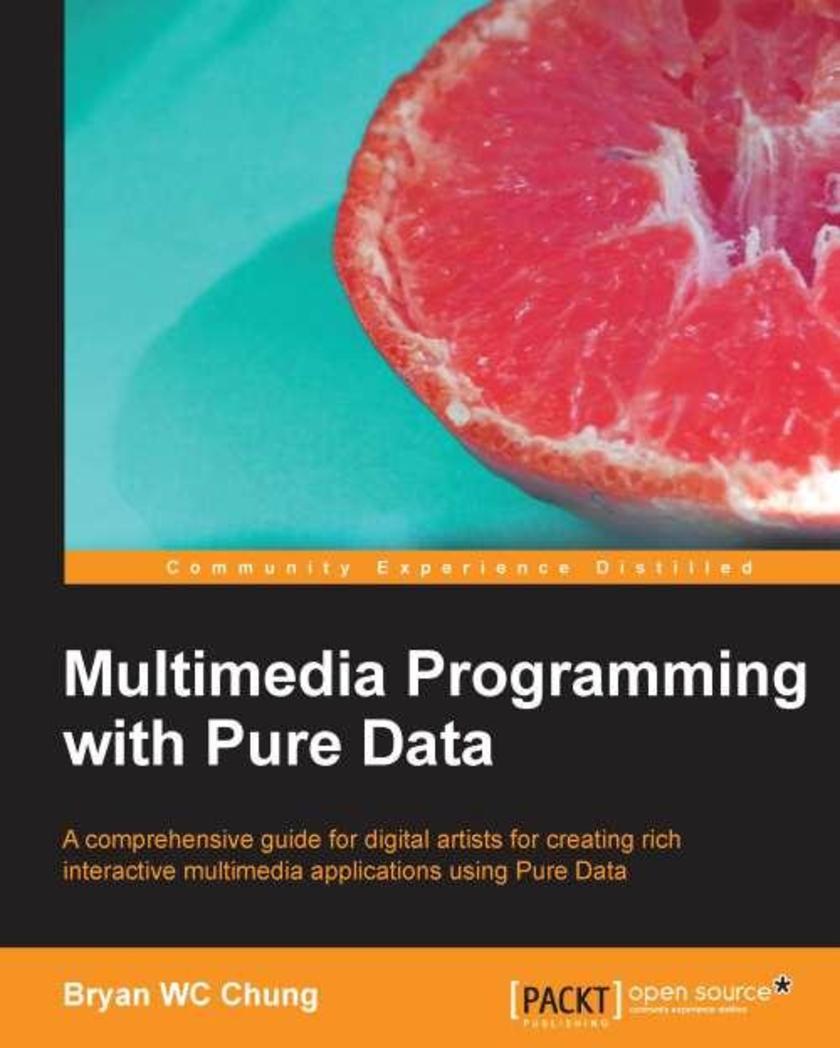
Multimedia Programming with Pure Data
¥80.65
A quick and comprehensive tutorial book for media designers to jump-start interactive multimedia production with computer graphics, digital audio, digital video, and interactivity, using the Pure Data graphical programming environment.An introductory book on multimedia programming for media artists/designers who like to work on interactivity in their projects, digital art/design students who like to learn the first multimedia programming technique, and audio-visual performers who like to customize their performance sets
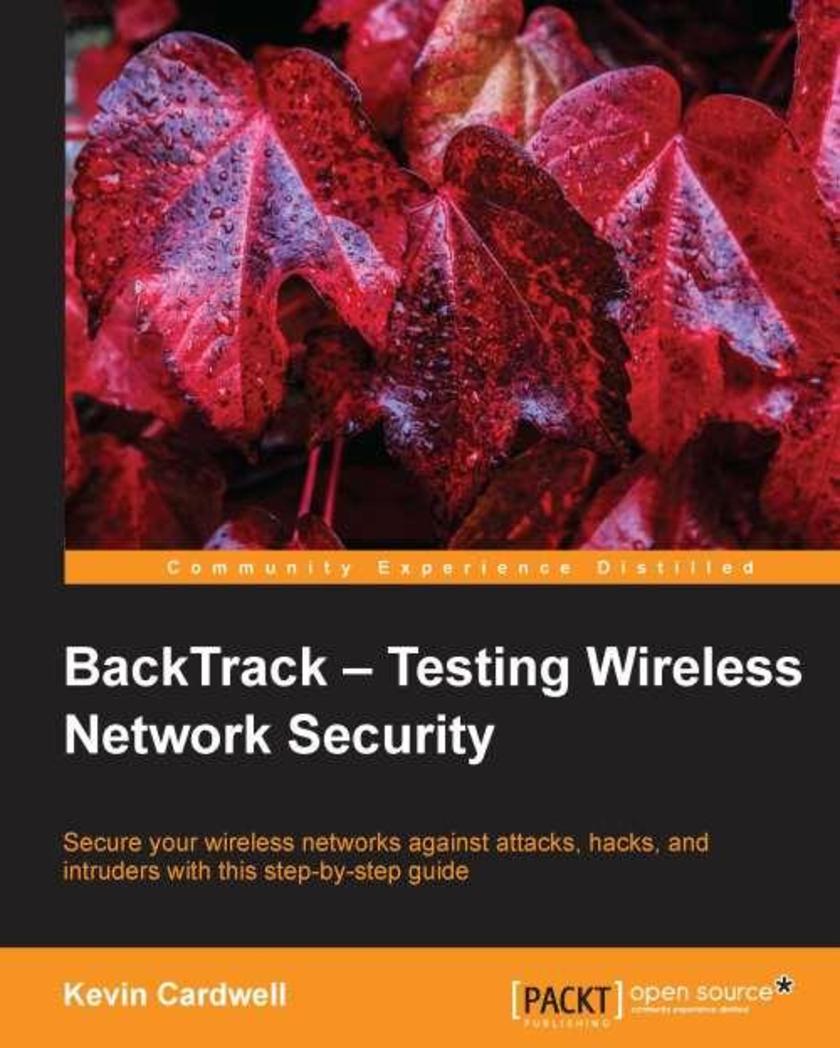
BackTrack – Testing Wireless Network Security
¥54.49
Written in an easy-to-follow step-by-step format, you will be able to get started in next to no time with minimal effort and zero fuss.BackTrack: Testing Wireless Network Security is for anyone who has an interest in security and who wants to know more about wireless networks.All you need is some experience with networks and computers and you will be ready to go.

HTML5 Web Application Development By Example Beginner's guide
¥80.65
The best way to learn anything is by doing. The author uses a friendly tone and fun examples to ensure that you learn the basics of application development. Once you have read this book, you should have the necessary skills to build your own applications.If you have no experience but want to learn how to create applications in HTML5, this book is the only help you'll need. Using practical examples, HTML5 Web Application Development by Example will develop your knowledge and confidence in application development.

Learn HTML5 by Creating Fun Games
¥90.46
By teaching HTML5 by developing exciting games, the reader will see concrete applications for each of the concepts, and will also have a powerful deliverable at the end of each chapter – a fully functional game. We learn the various concepts using very abstract examples – how to model animals, foods, or fictitious machines. This makes learning and understanding a lot easier, and much more enjoyable.If you are are looking to get a good grounding in how to use the new awesome technology that is HTML5, this book is for you. Basic knowledge of HTML and/or HTML5 is welcome, but optional. The book is a friendly and exciting reference for beginners.
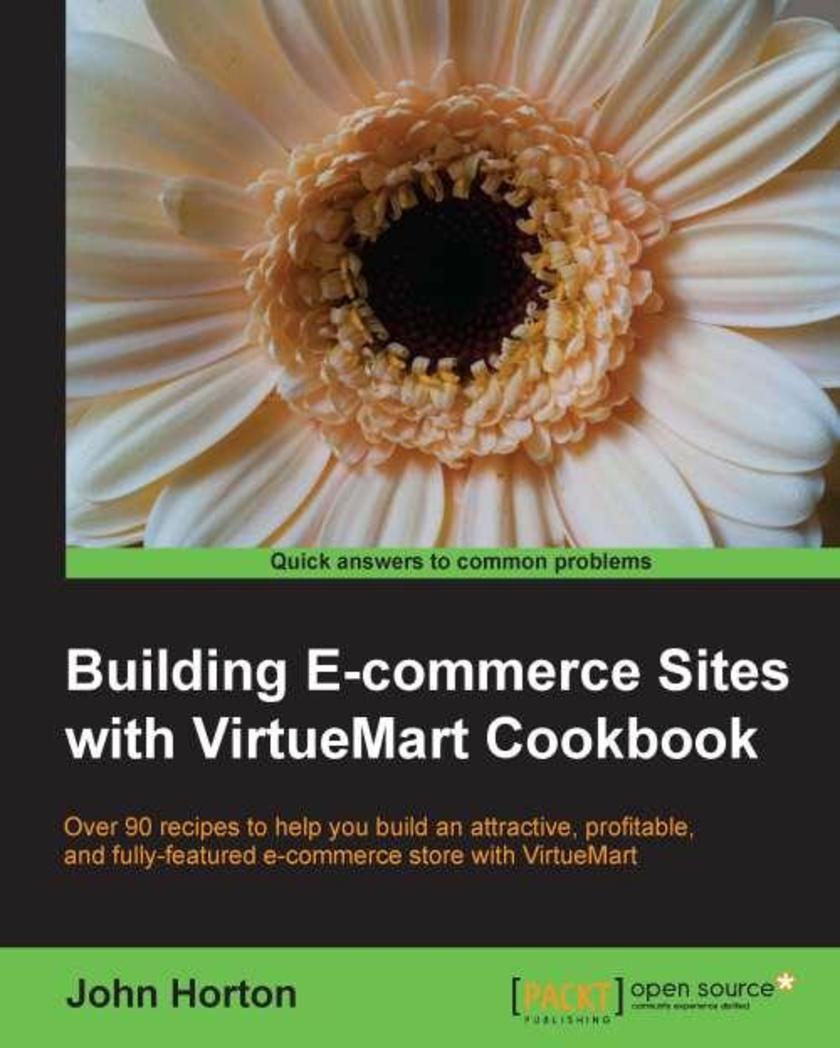
Building E-commerce Sites with VirtueMart Cookbook
¥90.46
Written in a friendly, recipe-based style, this practical cookbook will show you how to create, maintain and customize attractive eCommerce solutions with ease.This book is written for anyone who is interested in building eCommerce solutions with VirtueMart. If you have little to no experience with eCommerce this book will show you how to overcome any problem no matter how complex it appears. Experienced site builders and administrators will also find the solutions this cookbook offers useful. Basic HTML and CSS would be beneficial.
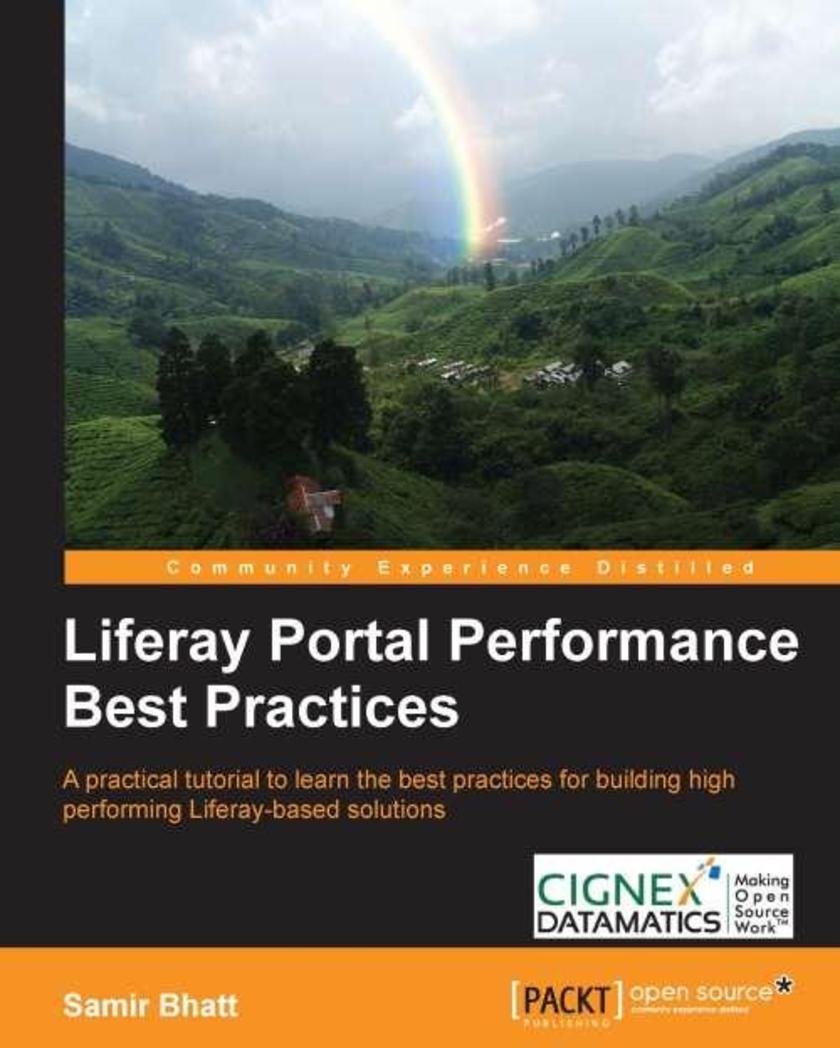
Liferay Portal Performance Best Practices
¥63.21
A step-by-step tutorial on implementing Liferay- based portals to learn performance best practices.The book is good for Liferay portal developers and architects who want to learn performance best practices for implementing Liferay- based solutions. It is assumed that you have a working knowledge of the Liferay portal.
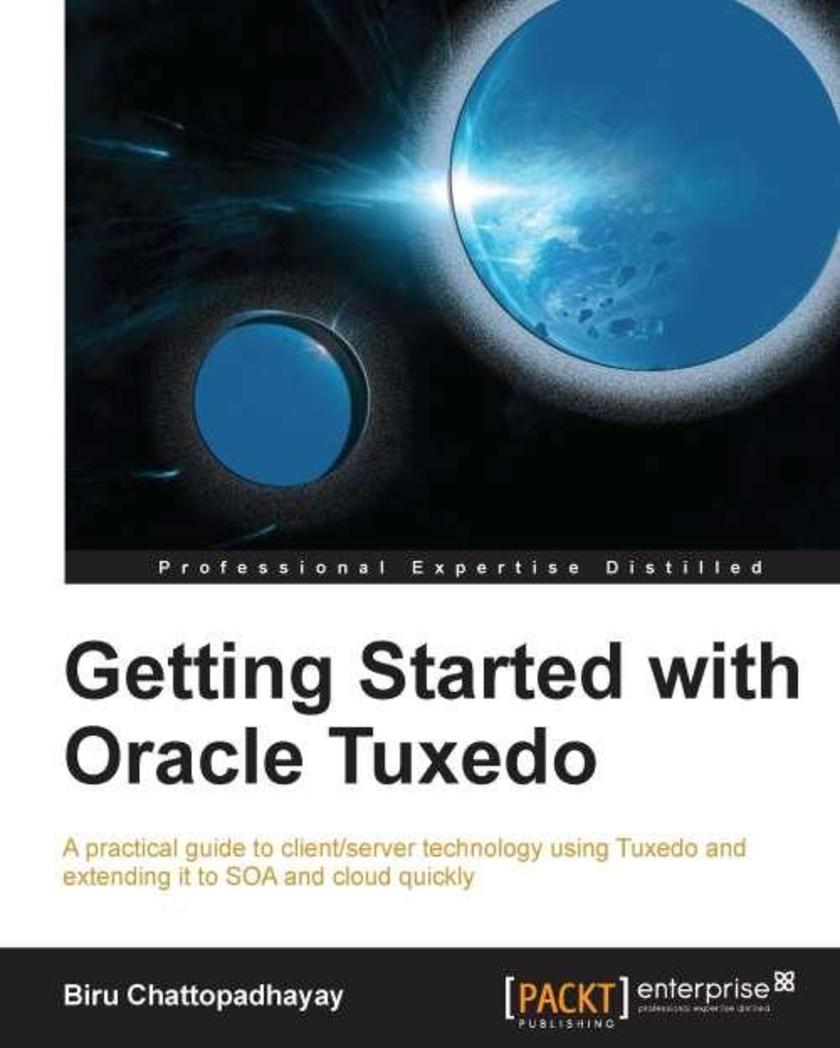
Getting Started with Oracle Tuxedo
¥63.21
This book is packed with real world examples that cover the design and discipline of the software and service of CRMOD. If you are an architect, designer, developer or administrator looking for a quick reference guide on how to build a Tuxedo application, then this is the best guide for you. This book also helps business users to understand this technology, various features, and functionalities and relate business benefits. No prior knowledge of Tuxedo is required.
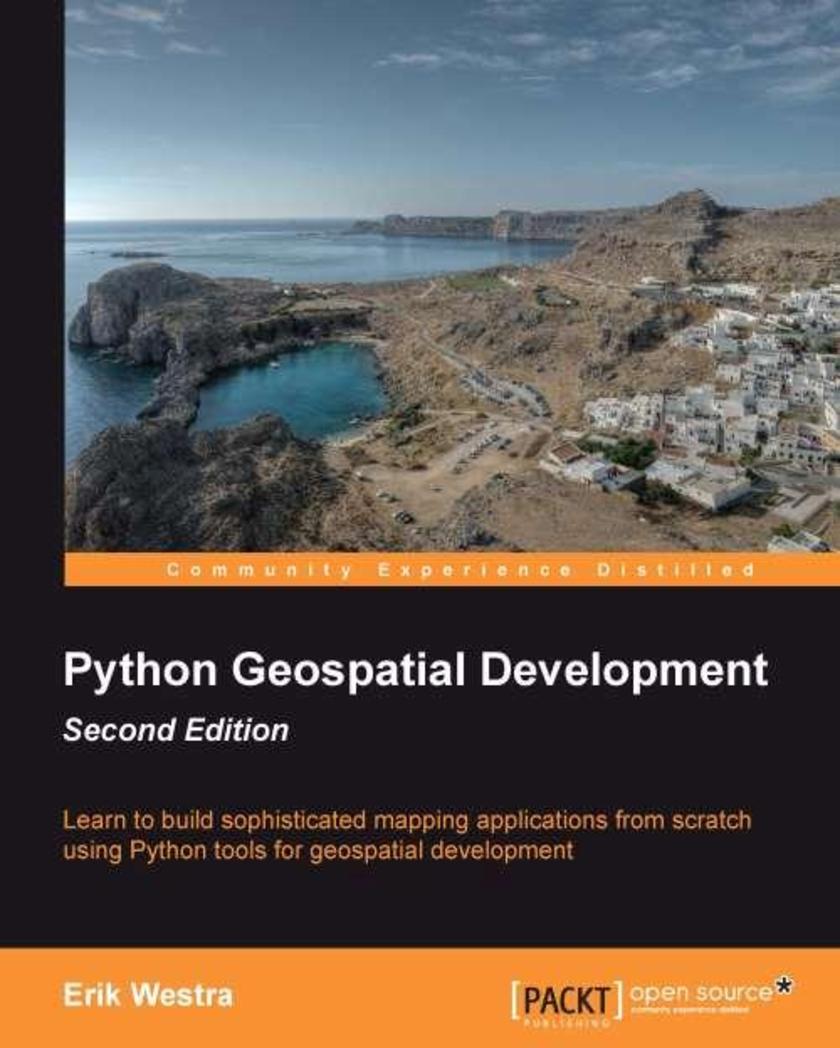
Python Geospatial Development, Second Edition
¥90.46
This is a tutorial style book that will teach usage of Python tools for GIS using simple practical examples and then show you how to build a complete mapping application from scratch. The book assumes basic knowledge of Python. No knowledge of Open Source GIS is required.Experienced Python developers who want to learn about geospatial concepts, work with geospatial data, solve spatial problems, and build map-based applications.This book will be useful those who want to get up to speed with Open Source GIS in order to build GIS applications or integrate Geo-Spatial features into their existing applications.
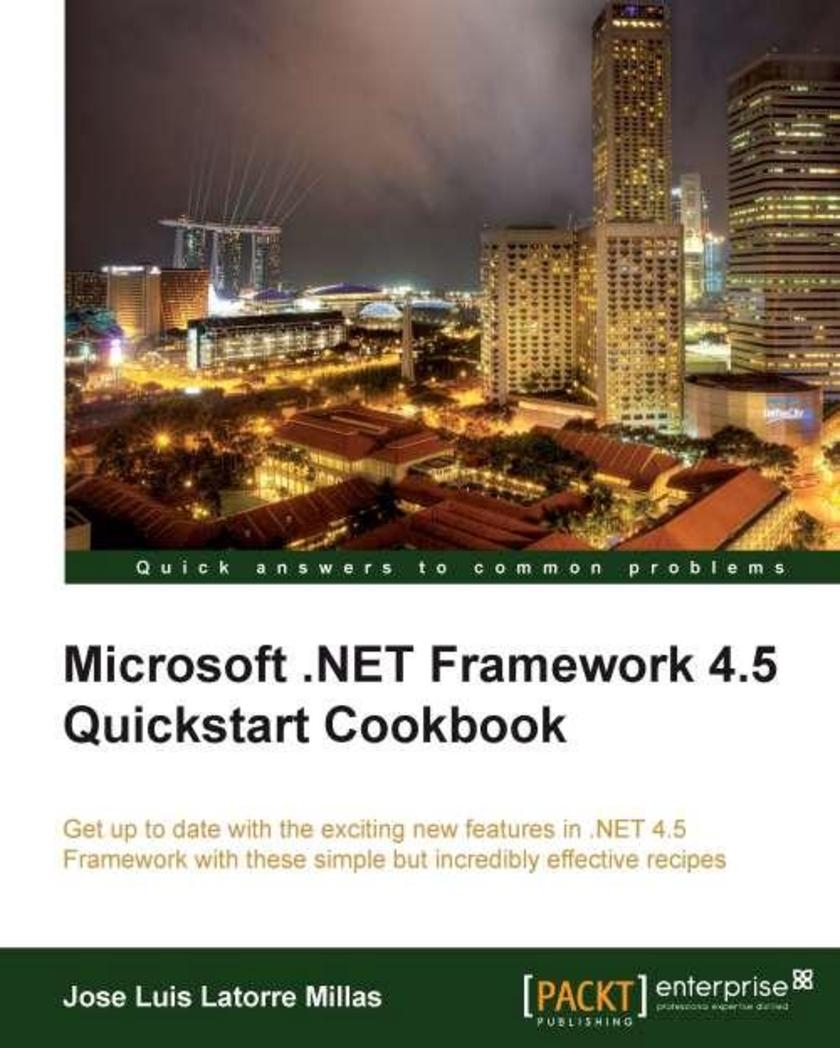
Microsoft .NET Framework 4.5 Quickstart Cookbook
¥71.93
Microsoft .NET Framework 4.5 First Look Cookbook
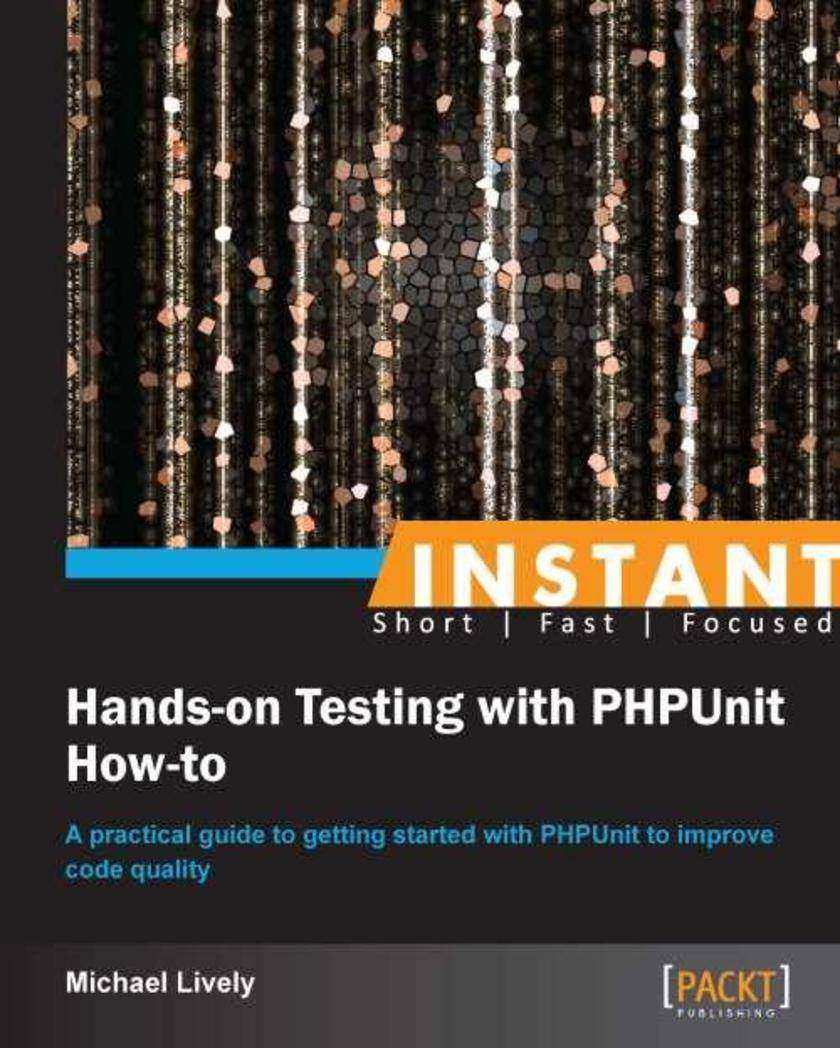
Instant Hands-on Testing with PHPUnit How-to
¥45.77
Filled with practical, step-by-step instructions and clear explanations for the most important and useful tasks. This is a Packt Instant How-to guide, which provides concise and clear recipes for getting started with PHPUnit for performing code testing and improving code quality."Instant Hands-on Testing with PHPUnit How-to" is for PHP developers that have an appreciation for writing accurate code. If you are new to PHPUnit, it will give you a solid foundation for understanding how to use PHPUnit to write tests for your projects. If you already have a cursory understanding of PHPUnit it will whet your appetite for some of the more difficult-to-understand concepts in PHPUnit.




 购物车
购物车 个人中心
个人中心



